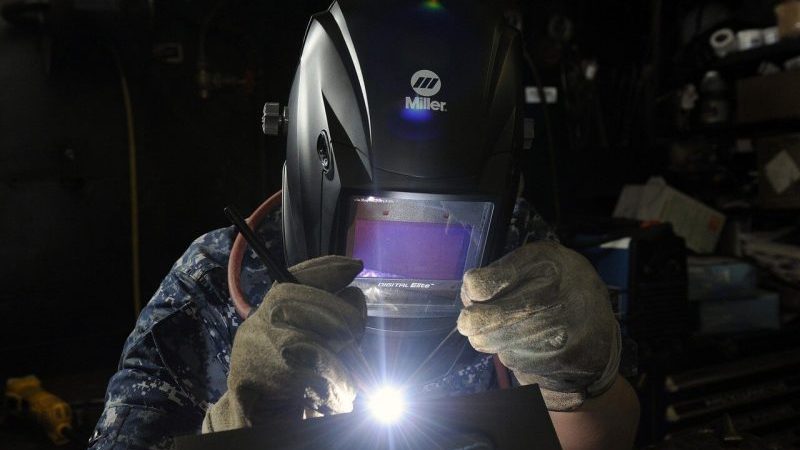Whether you are a full-time, professional welder or weld occasionally for a hobby project – a helmet, like your welding gloves, is one of the most important components in your welding apparel. The best personal protective equipment is even more important than the type of machine you are using. Your face and eyes are exceptionally precious. Make sure your eyesight is especially protected whenever you strike an arc.
As with many things in life, you get what you pay for. Try not to think of PPE as an expense, but rather as an investment in your safety. The two most important aspects of a welding helmet are safety and comfort. The best technological features available should be considered, but the helmet must be comfortable or you won’t be as inclined to use it as it should be.
The most costly welding helmet on the market may not be the best for you. Spend some time trying on different models and styles if you’re not familiar with a particular brand or product. Check for size and protection. Consider weight and ergonomics for your long-term health. The helmet should be secure. A light weight helmet will mean less pressure on your back and neck while you’re welding. Don’t compromise on durability for sake of light weight, however. Physical attributes such as lens size, adjustability, and location of controls should be considered.
Auto-darkening helmets offer added convenience and multiple amenities. The feature needs to perform accurately and consistently to be most effective at protecting your eyes. Auto lenses are constructed with a sealed liquid crystal. The feature relies on sensors powered by battery and/or solar power to activate the darkening function. This should take place in less than a second. While cheaper models may work, do they meet current safety standards, are they guaranteed to work, and at what speed with they really darken? Remember that every time you strike an arc, you are exposing your eyes to potential for damage – permanent retinal damage. Invest in the best you can afford.
Auto-darkening is a nice feature, but a #10 filter is sufficient for many welders. Some prefer a standard helmet with proper shade. If working with higher-amp arcs, you will need more shade. A filter that is too dark may make it difficult for the welder to do detailed work, too light and you increase risk of eye damage. Use a filter shade selector chart to manually adjust the filter when needed. Ultra Violet/Infrared (UV/IR) coating is very important as well. After that many features are simply personal preference.
Periodically clean your welding helmet of dust and dirt. Use cleaning kits to keep the lens coating in great condition. Some helmets are susceptible to being stored in direct sunlight, dusty areas, or humid locations. Follow storage instructions from the manufacturer. If you won’t be using your helmet for an extended period of time, remove all batteries. This simple step will prevent any leaky batteries from damaging your helmet’s filter.
Consider that many work-related injuries and health problems occur over time, many after years of minor neglect. Cataracts and sight-hand incoordination are common to the welding industry. Choosing proper protection will help reduce your risks of injury. Choose the helmet that’s right for you and care for it well.
Welding Helmets from BakersGas.com:

